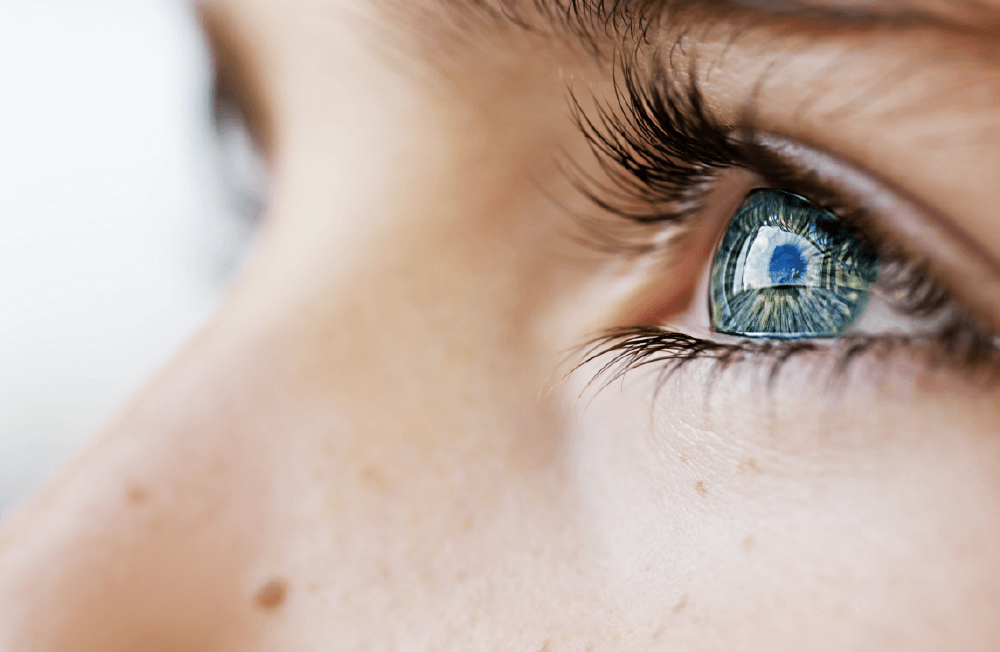Cataract surgery at Atwal Eye Care
The only way to surgically treat a cataract is to remove the cloudy lens and replace it with an artificial Intraocular Lens (IOL). Cataract surgery at Atwal Eye Care is an amazingly quick outpatient procedure that can erase years of poor vision. The entire surgical process takes about 15 minutes to perform.
When you decide to move forward with the procedure, it’s normal to feel a little nervous. Our staff understands this and will do everything we can to make you as comfortable and relaxed as possible. We can even prescribe relaxation medication if you need it. The main goal is that you feel 100% confident in our surgical abilities.

What to Expect on Cataract Surgery Day
We will ask that you arrive an hour before your surgery time to complete any necessary paperwork, give yourself time to relax and allow your cataract surgery doctor to perform one final check on your vision.
The replacement lens you choose will be permanent and will feel natural in your eye.


CATALYS® for Laser-Assisted Cataract Surgery
The CATALYS® Precision Laser System is femtosecond technology that uses automated, computer-controlled laser pulses to create incisions on the lens capsule, crystalline lens and cornea for precisely tailored and accurate results. Each procedure is based on a high-resolution, 3D surgical platform for both the incision and lens fragmentation. For most patients the procedure takes about 15 minutes and only causes mild discomfort after the procedure.
Benefits of Laser-Assisted Cataract Surgery

Expert Guidance During Cataract Surgery: ORA™ System
Prior to your cataract surgery, your doctor will determine what type and power of replacement Intraocular Lens (IOL) to implant in your eye. This choice is based on preoperative measurements of your eye and your vision goals.
However,
The surgical process can alter these measurements slightly, making it difficult to pinpoint the exact power necessary to produce the very best vision results…until now.
At Atwal Eye Care we incorporate Optiwave Refractive Analysis (ORA) technology to provide real-time intraoperative measurements of your refractive error after the cloudy lens is removed – during surgery – so we can adjust the IOL power if necessary. The ORA system takes a Wavefront analysis of the eye after the cataract has been removed to calculate the proper IOL.


Benefits of the ORA System
With the ORA System, your cataract doctor can assess your eyes on-the-spot to:
ORA technology is especially helpful for patients who have astigmatism. Patients are often amazed at how quickly their vision is restored.
Cataract Surgery Recovery
After relaxing in our pre-op area for a while and your doctor has visited you again, you can go home. You will need someone to drive you home after surgery so you can rest for the remainder of the day. Wear an eye shield while sleeping as your eye heals to avoid hitting or rubbing your eye.
Your vision may be a bit blurry at first and your eye may be itchy or irritated – this is normal. The prescription eye drops will help minimize discomfort. If you experience any pain or worrisome symptoms, contact our office immediately.
Only one eye is treated at a time. If you have cataracts in both eyes, your second eye can be treated after the first has healed (minimum of 2 weeks later).

Answers to Common Cataract Questions
Most people feel that cataract surgery is not painful, although there might be some discomfort or pressure. However, everyone has a different threshold for discomfort so your experience may be different. The procedure is performed on one eye at a time. Anesthetic eye drops will be administered to numb your eye and you’ll be offered medication to help you relax. The actual surgery usually takes about 15 minutes.
This is performed as an outpatient procedure. You will need to have a friend or family member drive you home after surgery so you can rest. You will be instructed to wear a protective eye shield while sleeping and use prescription eye drops for a specified time following the procedure to aid in healing. After approximately 2 weeks you can have surgery on the other eye, if needed.
No. A cataract cannot return because all or part of the lens has been removed. However, in some instances the capsule holding the lens may eventually become cloudy a year or more after surgery, causing the same vision problems as a cataract. There is a simple, quick and painless treatment called YAG Capsulotomy if this occurs which normally results in a return of good vision.
Cataract surgery and standard Intraocular Lenses (IOLs) are typically covered by Medicare and most health insurance plans. If you choose to correct presbyopia or astigmatism at the same time by having an advanced IOL inserted, you will incur some out-of-pocket costs. Life without the hassle of glasses is often worth the extra cost for most patients.
Cataracts do not have to be removed right away if they are not negatively affecting your vision. The best way to know if the time is right for surgery is by having a Cataract Evaluation with our team. We will tell you honestly if we recommend surgery. Our informative exam will shed new light on your eye health and will help you learn more about your options for vision improvement.
